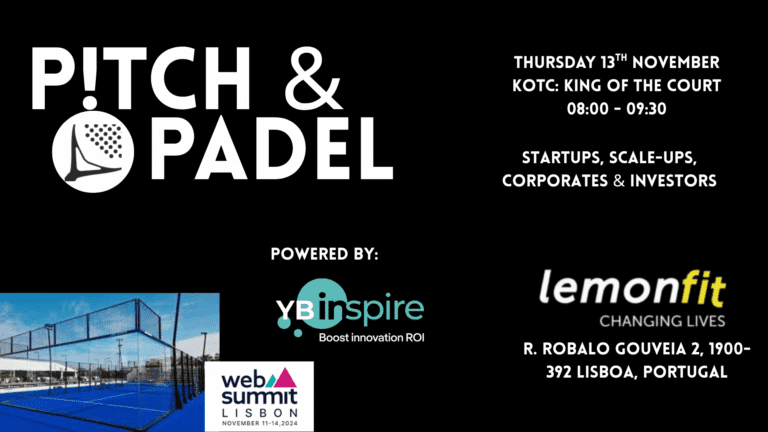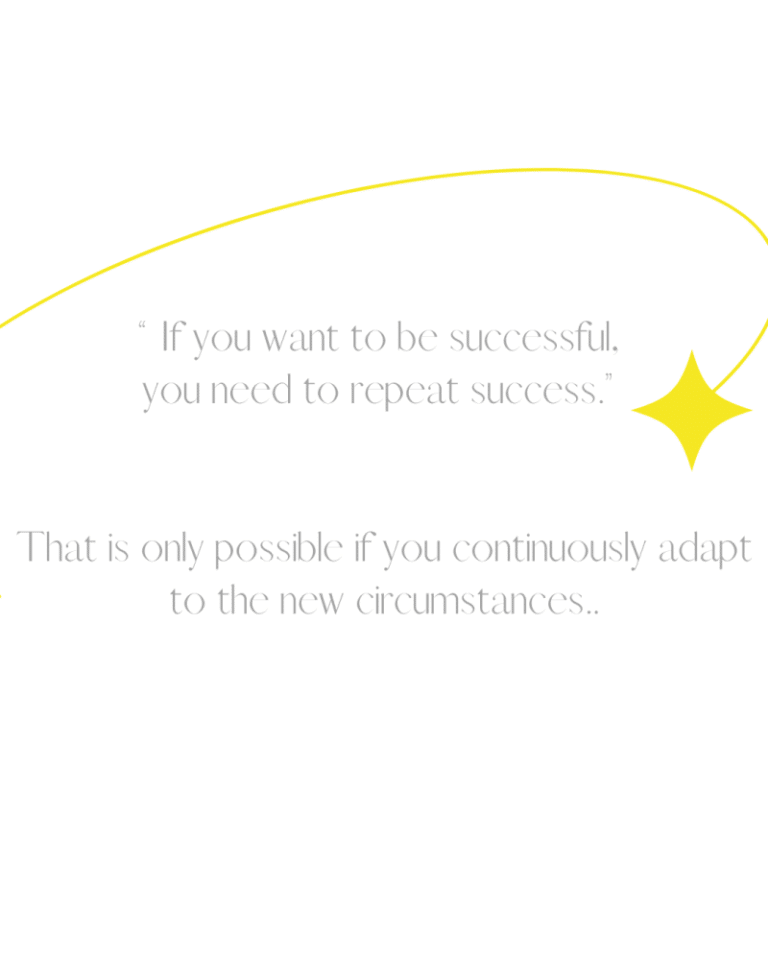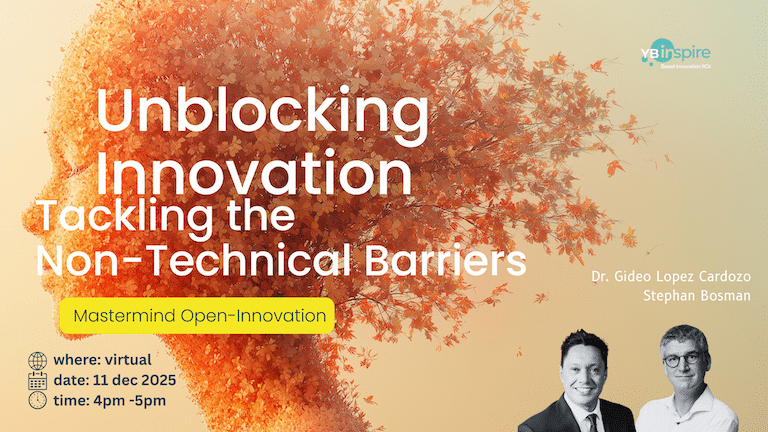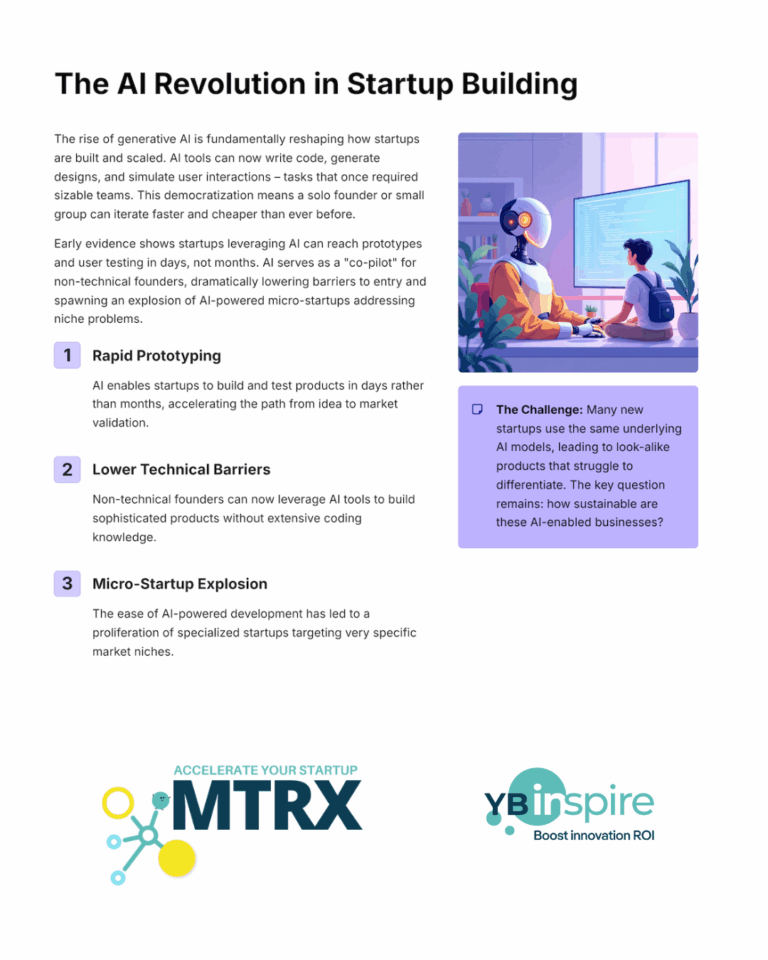Future-Ready: Becoming an AI‑Native Organization
In today’s rapid AI era, organizations can no longer approach artificial intelligence as a mere “project” or bolt-on technology. The real competitive edge lies in becoming AI‑Native—meaning your culture, strategy, and operations are all built around human + machine collaboration from the ground up.
This article introduces a Future‑Ready framework to guide that transformation, grounded in the MELDS approach (Mindset, Experimentation, Leadership, Data, Skills), and enriched by ideas about hybrid intelligence and human-machine synergy.
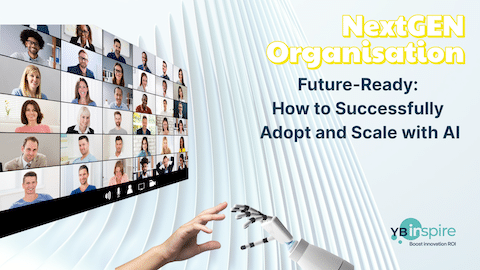
Why “AI‑Native” Matters
AI is not just another tool—it’s an active partner in how organizations think, act, and grow. As pointed out in Human + Machine (Daugherty & Wilson), success in AI doesn’t come from replacing humans, but from augmenting human capabilities with machines in a way that’s responsible, transparent, and value-generating. Accenture
When humans and machines work symbiotically, the result is a hybrid intelligence greater than the sum of its parts. Recent research points to a convergence of human and machine intelligence: cognitive augmentation, shared decision-making, and evolving hybrid systems where boundaries blur between the two. SpringerLink+1
For organizations, AI‑Native means:
AI is embedded into every core process, not siloed in pilot labs
Leadership, governance, and change practices evolve to support human + machine collaboration
Culture, structure, and talent are redesigned to see AI as a colleague, not a threat
The Future‑Ready / MELDS Framework
To become AI‑Native, you need more than technology. You need a foundation to evolve sustainably. That’s where MELDS comes in:
| Pillar | What It Focuses On | Why It Matters |
|---|---|---|
| Mindset | Cultivating a culture open to uncertainty, experimentation, and AI augmentation | Technology fails when people don’t believe in it |
| Experimentation | Pilots, fast learning cycles, safe-to-fail spaces | Enables learning, reduces risk, surfaces what works |
| Leadership | Vision, governance, ethics, role modeling | Leadership must set the expectations and legitimacy for AI |
| Data | Quality, governance, integration, architectures | AI systems are only as good as the data feeding them |
| Skills | Upskilling, talent, reskilling, AI literacy | To partner with AI, people must evolve their capabilities |
Each pillar supports the others. Without data, experimentation is blind; without leadership, culture resists; without skills, value evaporates.
Key Design Elements in an AI-Native Strategy
To bring MELDS to life, your transformation must include:
Data-Driven Decision Making & Innovation Capability Index (ICI)
Reliable data is non-negotiable. To audit and improve innovation maturity, you can use an Innovation Capability Index, which benchmarks strengths, gaps, and progress across domains (culture, governance, infrastructure). This ensures your AI investments are grounded in reality, not hope.3-Horizons Approach
To avoid shortsightedness, distribute AI initiatives across three horizons:Horizon 1: Optimize core operations with AI (e.g. automation, efficiency gains)
Horizon 2: Build adjacent innovation (new products, AI-enabled services)
Horizon 3: Explore transformational, even disruptive, AI futures
This balanced approach ensures you harvest value today while investing in tomorrow.
Balancing Humans + Machines
At the heart of AI-Native is placing human experience (EX) and customer experience (CX) first. Machines support — humans decide. As AI evolves, humans focus more on creative, relational, and ethical roles that machines can’t replicate. Hybrid intelligence research shows that structured collaboration between humans and machines often outperforms either alone. arXivObeya Room for Alignment
An Obeya (Japanese for “big room”) is a governance and alignment hub—physical or virtual—where strategy, metrics, experiments, and cross-functional teams converge. The Obeya makes the growth cycle visible, ensures shared accountability, and helps avoid misalignment. Only those committed to value creation should “enter” it, enforcing a culture of seriousness and purpose.
Challenges & How to Overcome Them
Becoming AI‑Native is not easy. Here are common pitfalls and counter-strategies:
Cultural resistance & fear
People fear change, especially when AI is seen as a threat. The brain’s default is to resist uncertainty. Forbes Mitigation: transparent communication, change champions, early wins, inclusive design.Data silos / poor quality
Many organizations struggle with fragmented, low-quality data. Google Cloud+1 You must treat data as a strategic asset—clean, governed, integrated.Leadership gap & governance vacuum
AI efforts stagnate without strong sponsorship, ethical guardrails, and clear accountability.Lack of scaling discipline
Pilots often remain pilots. Scaling requires orchestration, metrics, and cross-functional coordination.Skill shortages & literacy
Many teams lack AI fluency. Upskilling and embedding learning into daily work is critical.
The Roadmap to AI-Native
Here’s a high-level path you might take:
Assess readiness
Use diagnostic tools (e.g. ICI) to benchmark your strengths and maturity.Set vision & strategy
Define where AI will create value—align with business goals.Launch pilots through MELDS lens
Focus early experiments with high-impact, low-risk scenarios.Establish governance, Obeya, metrics system
Make visible what matters.Scale with human + machine in mind
Expand successful pilots thoughtfully with people at the center.Refine & evolve toward AI-Native
Continuously iterate, upgrade infrastructure, and evolve culture.
Conclusion
“AI adoption” alone is no longer enough. To win in this era, you must become AI-Native—a hybrid organization where humans and machines co-evolve, co-learn, and co-create value. The MELDS framework gives you the scaffold. Concepts like ICI, 3-Horizons, and Obeya give you the mechanics. The challenge is real; the opportunity is immense.
In the spirit of Human + Machine, our goal isn’t to build systems that replace humans, but systems that enhance human potential. Because in the age ahead, your organization’s relevance will be defined by this synergy, not by technology alone.





